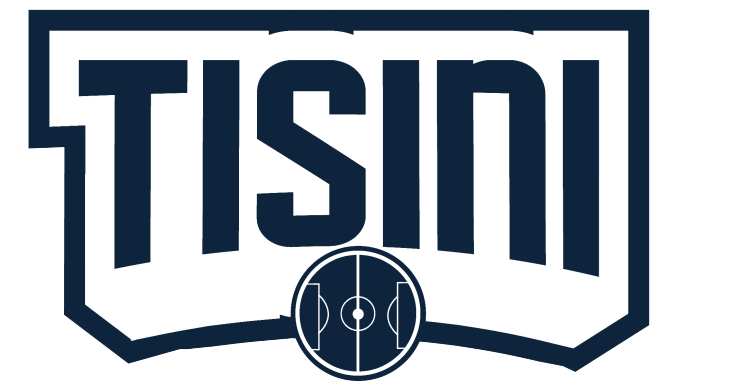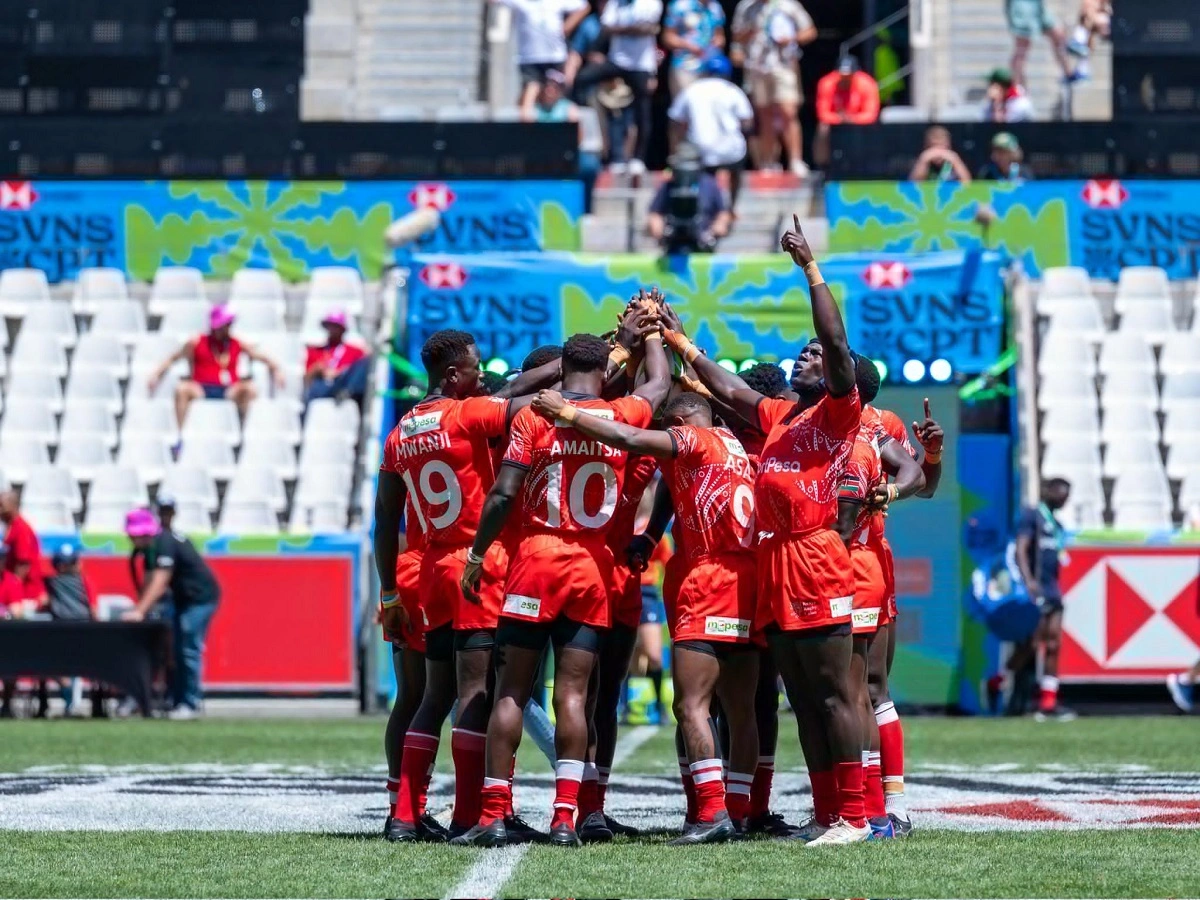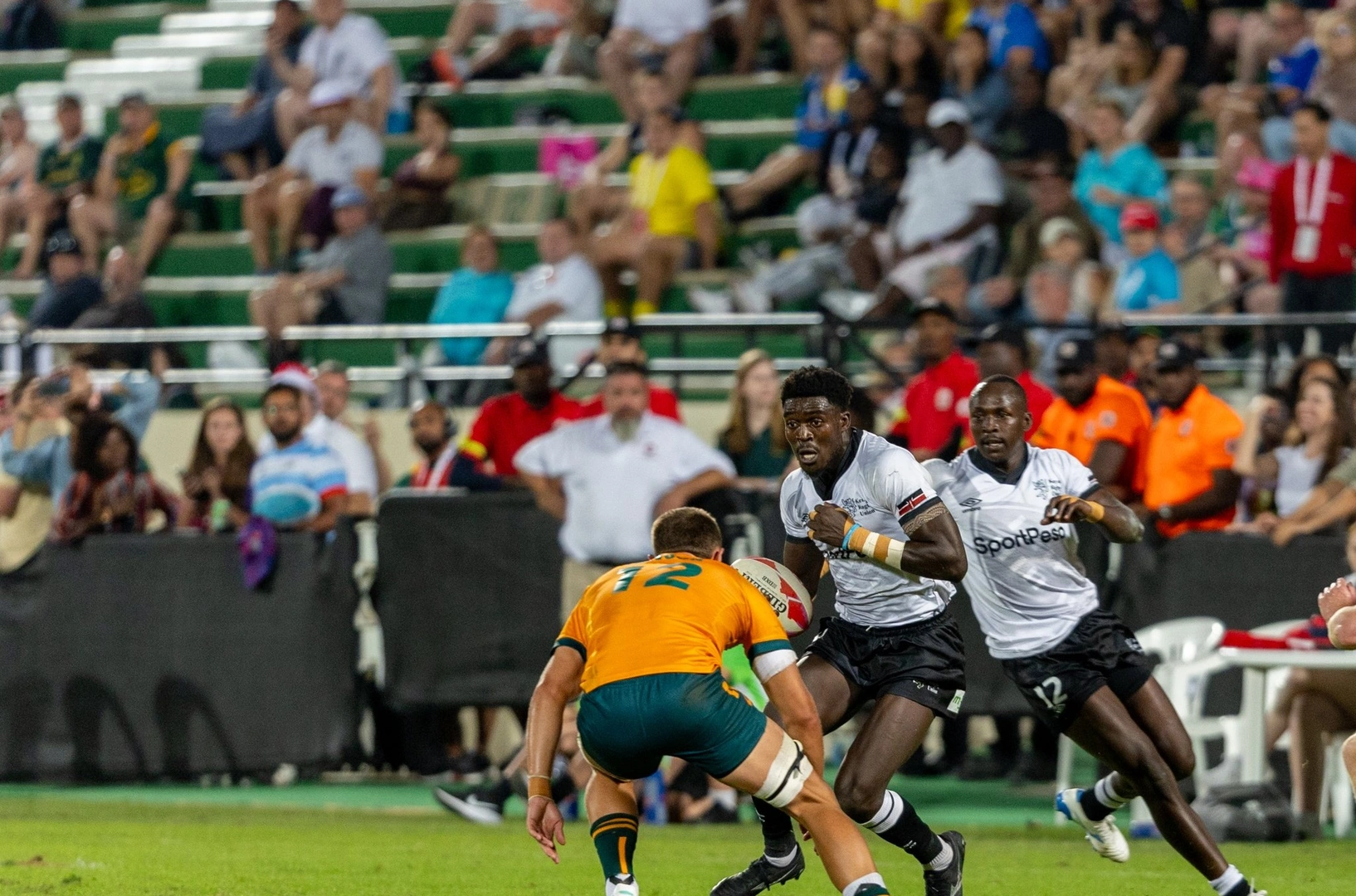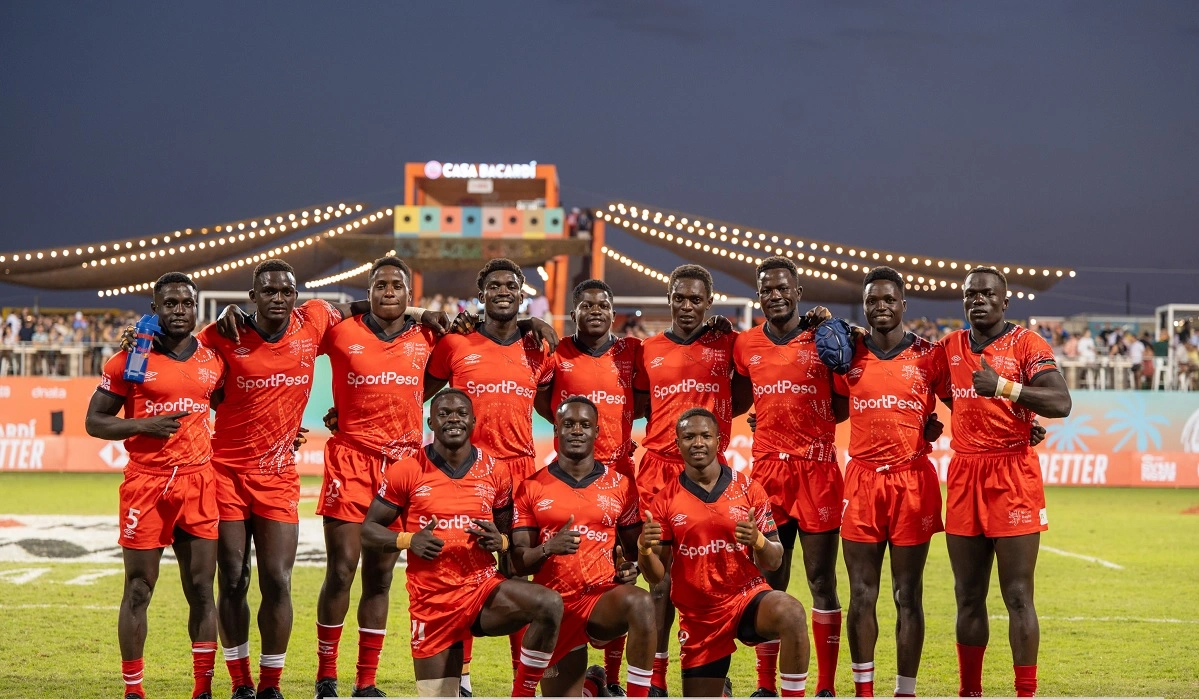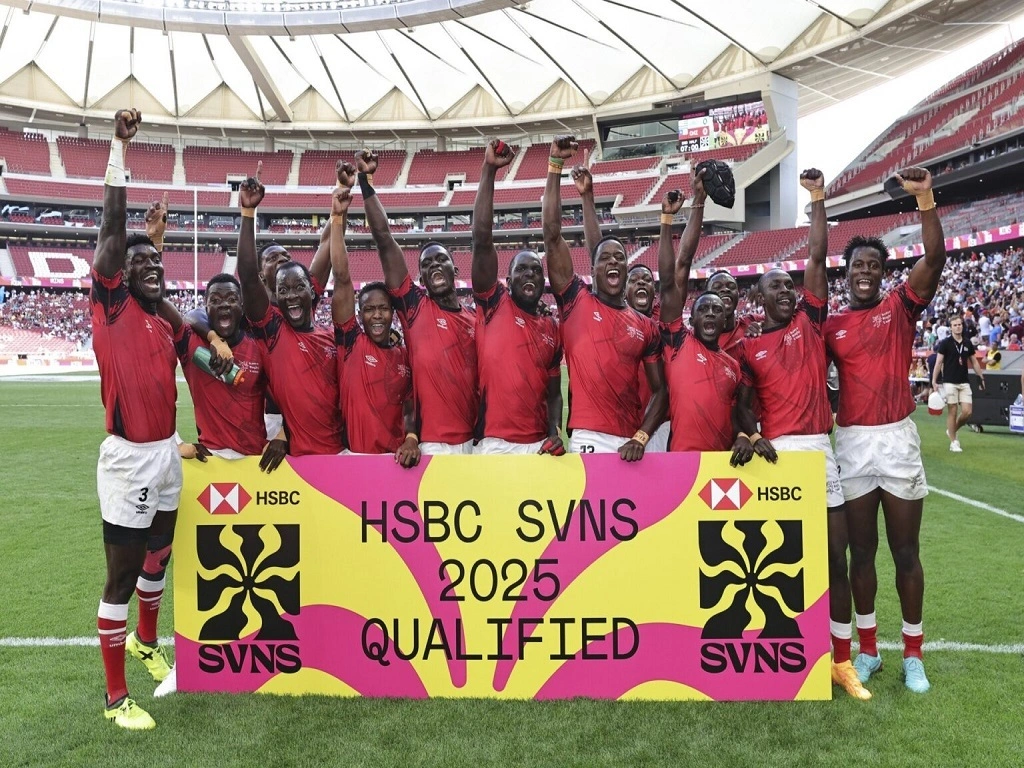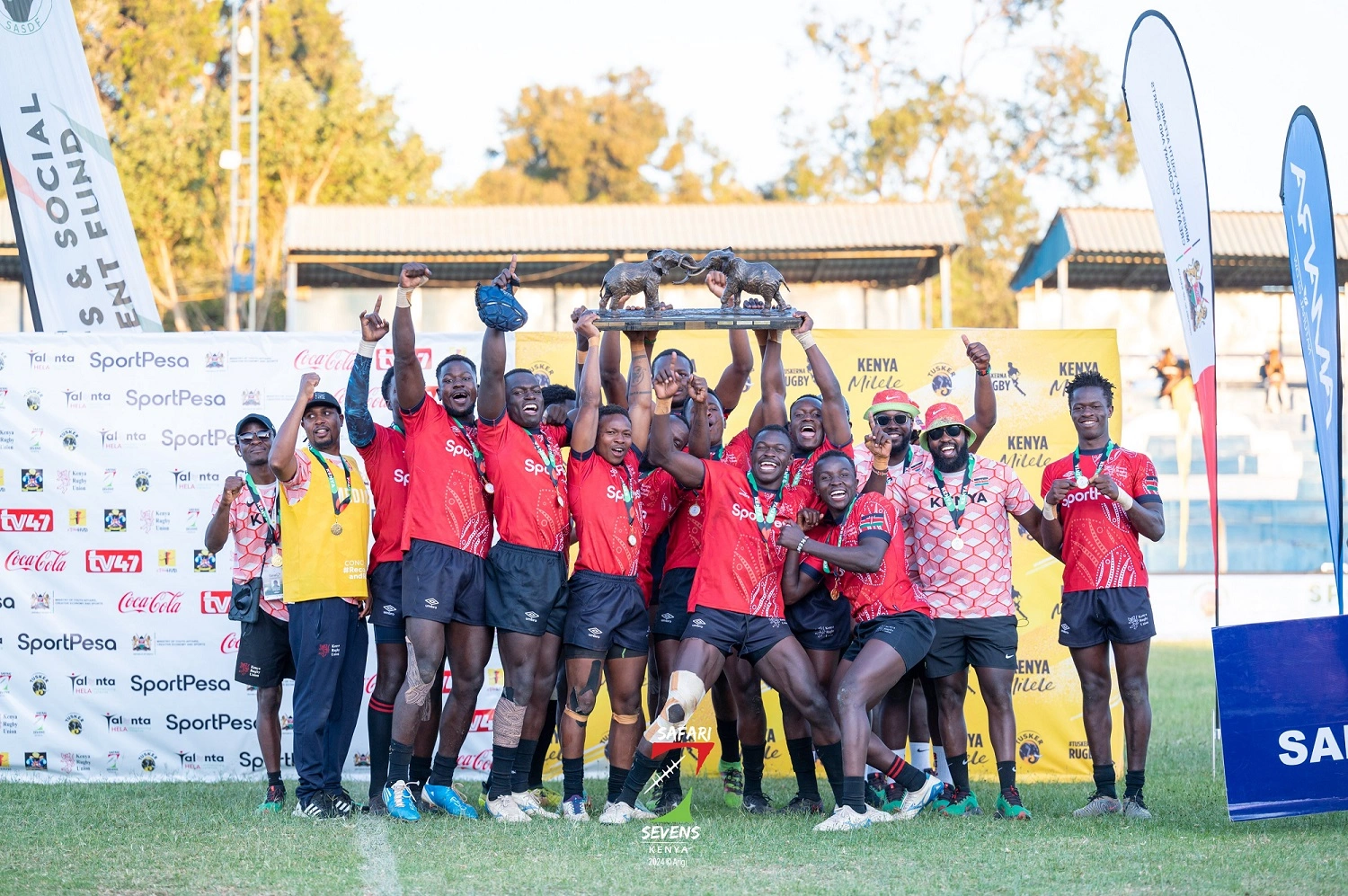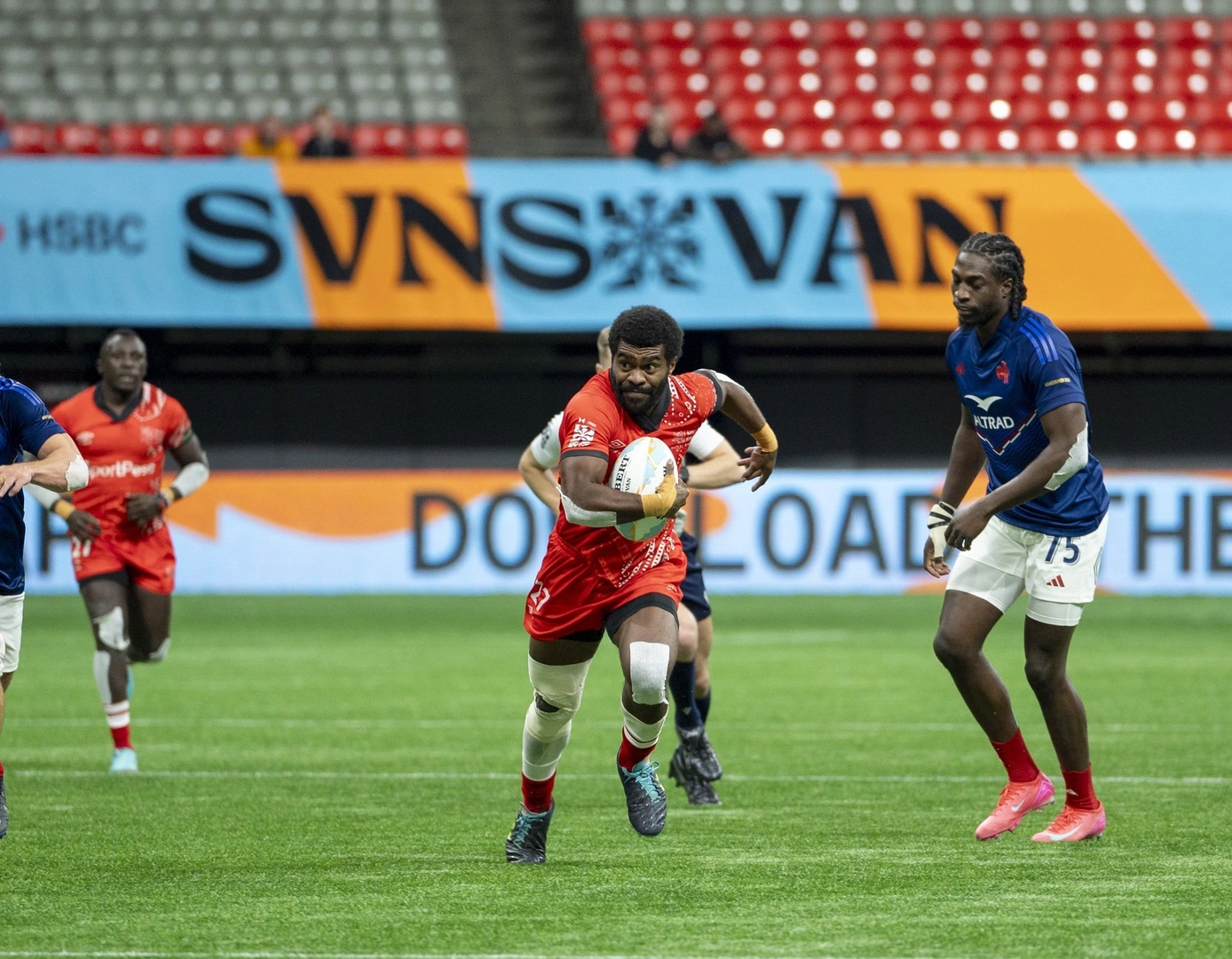
Zero Wins in Vancouver- Déjà Vu Incoming?
The walls are closing in. The runway is shrinking. The fight for survival is no longer a future concern—it’s happening right now. With only three legs left after Vancouver, Kenya Sevens finds itself staring at a brutal reality: finish between 9th and 12th, and they’ll be tossed into a relegation playoff. Sherehe tuliingia mapema, na sasa ni lazima bill ilipwe.
We’ve heard the same old chorus: “We pushed top teams to the limit. Tuko tu hapa karibu.” But for how long will we keep vibing to this tune? Wapi verse ya ushindi? Right now, Shujaa is dangerously close to becoming a yo-yo team—bouncing between the Challenger Series and the World Series without ever settling in as a true contender.
Ninth place. One point gained. That’s what Kenya left Vancouver with—taking their season tally to 15 points, tied with Uruguay at 10th. It was their worst finish of the season, a step back from Cape Town (7th place). Even the usual “pushed them to the limit” storyline was hard to sell this time.
Let's just say 'Baridi ilikuwa mingi’ so the results were also cold:
- Argentina 24-0 Kenya – Blown off the park. No points. No contest.
- France 33-7 Kenya—A one-sided affair, ilikuwa mawe tu.
- Great Britain 31-10 Kenya—Tena, kichapo safi.
By the time Kenya entered the placement matches, confidence ilikuwa imeenda kama mshahara ya December.
- Against Uruguay, 19-14 loss.
- Against Ireland, 19-14 loss.
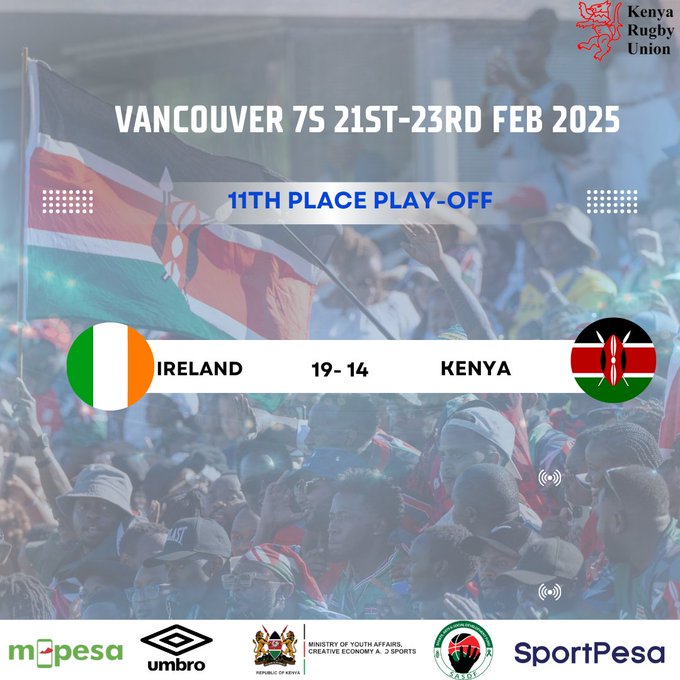
Zero wins. Five straight defeats. Kevin Wambua, ever the optimist, insists that his boys are “almost there,” just a few tweaks away from breaking into the elite. At some point, “almost” needs to become “arrived.” It doesn’t matter if you lose by one point or thirty—game ni game, na L ni L.
The bottom half of the standings is a minefield, and Kenya is standing right in the middle of it. Kule chini, the survival battle is nasty. The problem? Their direct rivals—Great Britain, Uruguay, the USA, and Ireland—are all in the same dogfight. And the gap is widening.
Great Britain sits in 8th with 32 points, nearly double Kenya’s tally. The teams below them—Uruguay, USA, Ireland, and Kenya—are all stuck in the same mosh pit fighting for scraps in the 9-12 range. Kenya doesn’t just need to win—they need to win more than their relegation rivals. It’s not just about getting points; it’s about making sure relegation rivals get fewer.
Hii ni kama betting: It’s not enough for your team to win; the other teams must also lose. Otherwise, hata ushinde game fiti, bado utaenda home.
So what is happening? Paul Odera, KRU’s Director of Rugby, ameongea bila stori mingi. Shujaa’s attack is too predictable. Too many one-directional runs. Too much reliance on individual brilliance—ile stori you “mpira peleka kwa Odongo ama Ooro, atatuokoa.” Too little quick ball movement to catch defenses off guard. And the results speak for themselves.
Hebu tuangalie how the top teams play—while Argentina is cutting through defenses with slick movement and deception—beating South Africa 19-12 in Vancouver—Kenya is running headfirst into well-organized walls. Fiji and Spain hucheza na akili, switching plays before you even blink. South Africa and France huingia na system—attack yao ni safi, kila mtu anajua kazi yake. Shujaa? Nikama tuko na Plan A pekee. Wakiisoma, hio game imeganda.
If Kenya’s attack is inconsistent, their defense is downright worrying. Odera has also highlighted that tackle completion is hovering at around 50-60%. In a game of fine margins, missing tackles is a guaranteed ticket to failure. And it’s not just about effort—defensive organization is key. The best teams in the world scramble well, communicate constantly, and make it difficult to break their lines. Kenya? Tunangoja opponent atufanyie decision. We are reacting instead of dictating play.
So the question is simple: Will Shujaa rise to the challenge, or are we witnessing the slow fall of a team that once dared to dream? Three tournaments to go, tunajitoa ama tushuka?
Featured Image Credit: Shujaa
